Scoville Showdown: A Spicy Guide to the SHU Chart Peppers You Need to Know!
If you’ve ever taken a bite of something and felt like your mouth was on fire (in a good—or maybe not so good—way), then you’ve encountered the Scoville Heat Unit (SHU) scale in action. This spicy little number tells us exactly how hot a pepper is. In this article, we’re diving deep into the SHU chart peppers, giving you the inside scoop on everything from mild-mannered bell peppers to the nuclear-level Carolina Reaper.
Table of Contents
- What Is the Scoville Scale Anyway?
- Pepper Rankings on the SHU Chart
- Practical Tips for Handling Hot Peppers
- How to Cook With Different Heat Levels
- Buying Guide: Picking the Perfect Pepper
- Conclusion: Find Your Fire Zone
What Is the Scoville Scale Anyway?
The Scoville scale was invented by American pharmacist Wilbur Scoville back in 1912. It measures the pungency (spiciness or “heat”) of chili peppers based on the concentration of capsaicin—the chemical compound responsible for that burning sensation. Originally, it involved diluting a pepper extract until a panel of tasters could no longer detect the heat. Today, high-performance liquid chromatography (HPLC) gives us more precise measurements.
So, when you see a pepper labeled as 150,000 SHU, it means the capsaicin has been diluted 150,000 times before the heat becomes undetectable. Higher numbers = more fire power.
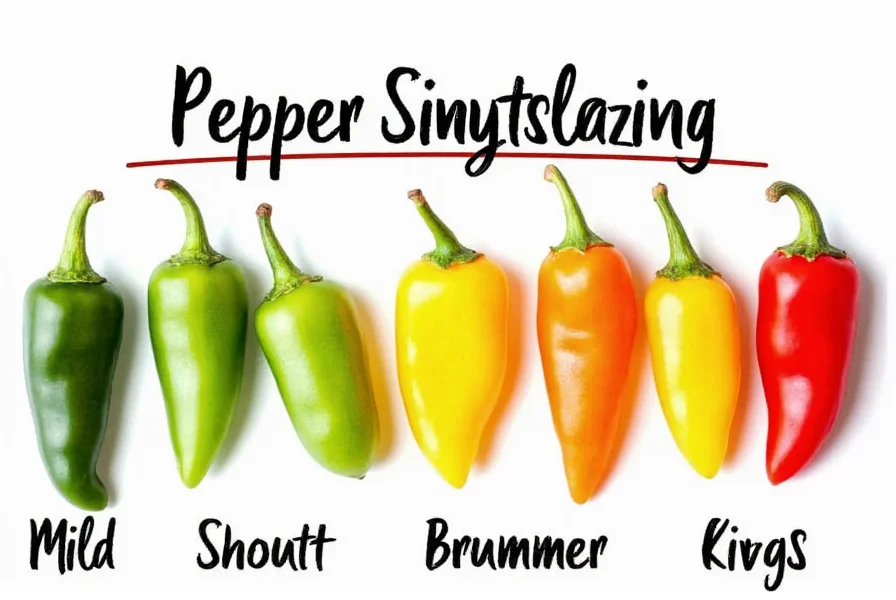
Pepper Rankings on the SHU Chart
Let’s break down some of the most popular peppers and where they land on the famous SHU chart peppers. This ranking is perfect whether you're a curious foodie or an aspiring hot sauce connoisseur.
| Pepper | Heat Level (SHU) | Description |
|---|---|---|
| Bell Pepper | 0 | Sweet, crunchy, and completely non-threatening. |
| Jalapeño | 2,500–8,000 | Classic taco pepper. Mild but with potential for kick depending on ripeness and seeds. |
| Hatch Green Chile | 1,000–8,000 | Grown in New Mexico, known for flavor and variable heat. |
| Serrano | 10,000–23,000 | Smaller than jalapeños but hotter; great for salsas and sauces. |
| Cayenne | 30,000–50,000 | Common spice cabinet staple; used in powdered form or fresh. |
| Thai Bird’s Eye | 50,000–100,000 | Tiny but mighty! Used often in Southeast Asian cuisine. |
| Habanero | 100,000–350,000 | Fruit-forward flavor with intense heat. Handle with care. |
| Bhut Jolokia (Ghost Pepper) | ~1,000,000 | Once held the title of world's hottest pepper. Still dangerous territory. |
| Carolina Reaper | 1,400,000–2,200,000 | Officially the world’s hottest pepper. Approach only if you dare. |
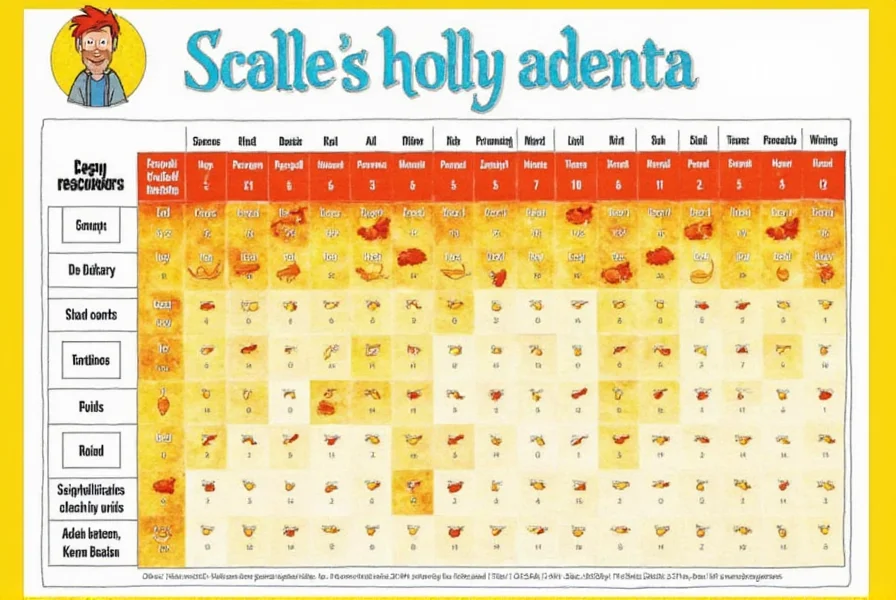
Practical Tips for Handling Hot Peppers
You wouldn’t handle dynamite with bare hands—why would you do the same with ghost peppers? Here are some tried-and-true tips for dealing with hot peppers safely:
- Wear gloves: Capsaicin can linger on skin and cause serious irritation. Gloves are your best friend in the kitchen.
- Avoid touching your face: Seriously. Don’t even think about rubbing your eyes after chopping habaneros unless you want tears for real reasons.
- Use dairy products to cool off: Milk, yogurt, sour cream—they all help neutralize the burn. Water just spreads the pain.
- Remove seeds and membranes: Most of the heat lives there. If you want a milder version of a fiery pepper, remove these parts.
- Rinse under warm water: Helps wash away surface capsaicin without spreading oils around.
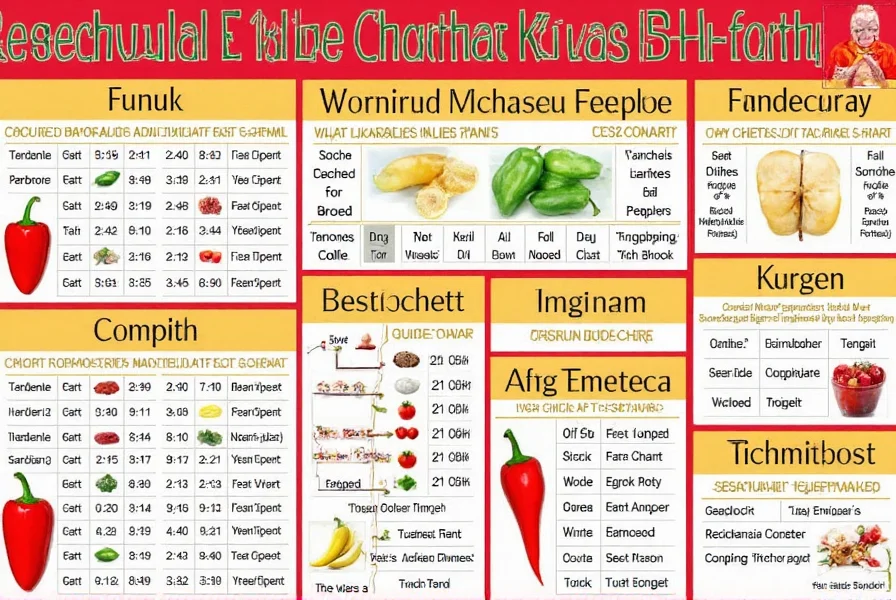
How to Cook With Different Heat Levels
Understanding where a pepper lands on the SHU chart isn’t just for show-offs—it’s practical knowledge that helps you cook smarter. Here’s how to match pepper heat with different dishes:
Mild Peppers (0–5,000 SHU): The Crowd-Pleasers
- Best For: Kids, first-time spice eaters, stuffed peppers, pizzas, salads.
- Top Picks: Bell peppers, banana peppers, poblano peppers.
Medium-Hot Peppers (5,000–50,000 SHU): The Flavor Boosters
- Best For: Salsas, soups, grilled dishes, tacos, marinades.
- Top Picks: Jalapeños, serranos, anaheim peppers.
Hot Peppers (50,000–100,000+ SHU): For Spice Lovers Only
- Best For: Hot sauces, pickled peppers, fiery stir-fries, wings.
- Top Picks: Thai chilies, cayenne, habaneros.
Superhot Peppers (100,000+ SHU): Proceed at Your Own Risk
- Best For: Daredevil challenges, specialty sauces, novelty dishes.
- Top Picks: Ghost pepper, Carolina Reaper, Trinidad Moruga Scorpion.
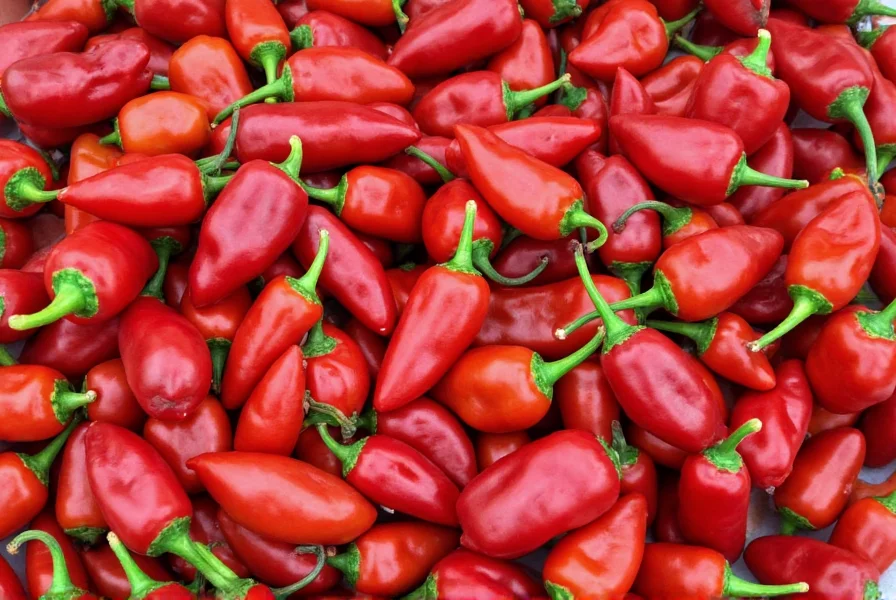
Buying Guide: Picking the Perfect Pepper
Now that you know the heat levels, let’s talk about how to choose and use these fiery gems. Whether you’re shopping at a local market or picking up dried peppers online, here’s what to look for:
Fresh vs. Dried vs. Powdered
- Fresh Peppers: Best for immediate cooking. Look for firm, shiny skin without soft spots. Popular varieties include jalapeños, serranos, and poblanos.
- Dried Peppers: More concentrated flavor and heat. Common types include guajillo, ancho, and arbol. Great for stews, mole sauces, and chili powders.
- Pepper Powders: Cayenne powder, paprika, chili flakes. Perfect for adding controlled heat without texture interference.
Recommended Products
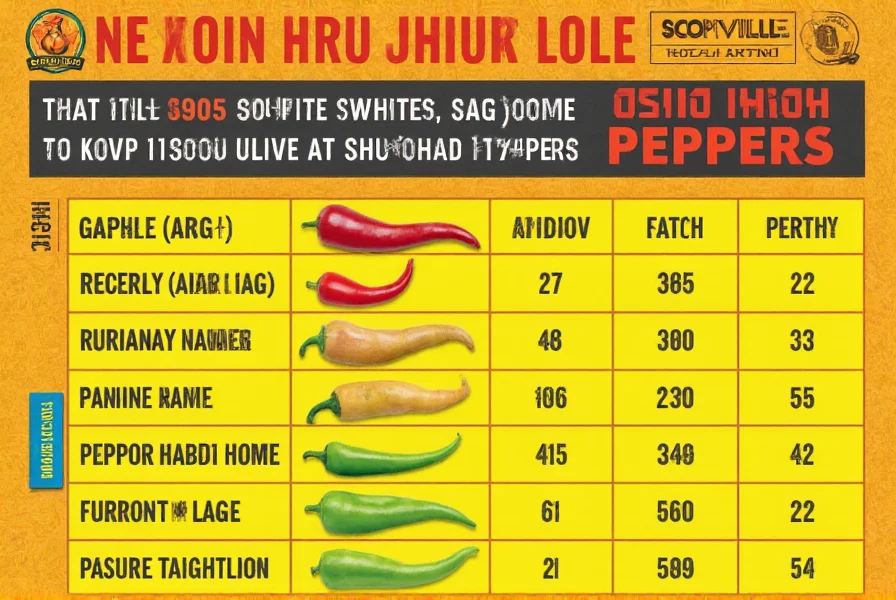
Habanero Fresh Pack
- Features: Bright orange pods, strong aroma, intense fruity heat.
- Advantages: Versatile for grilling, fermenting, or blending into sauces.
- Use Cases: Hot sauces, jerk seasoning blends, Caribbean dishes.
- Target Audience: Intermediate to advanced cooks looking for bold flavor.
- Occasions: Weekend BBQs, international cuisine nights, homemade hot sauce batches.
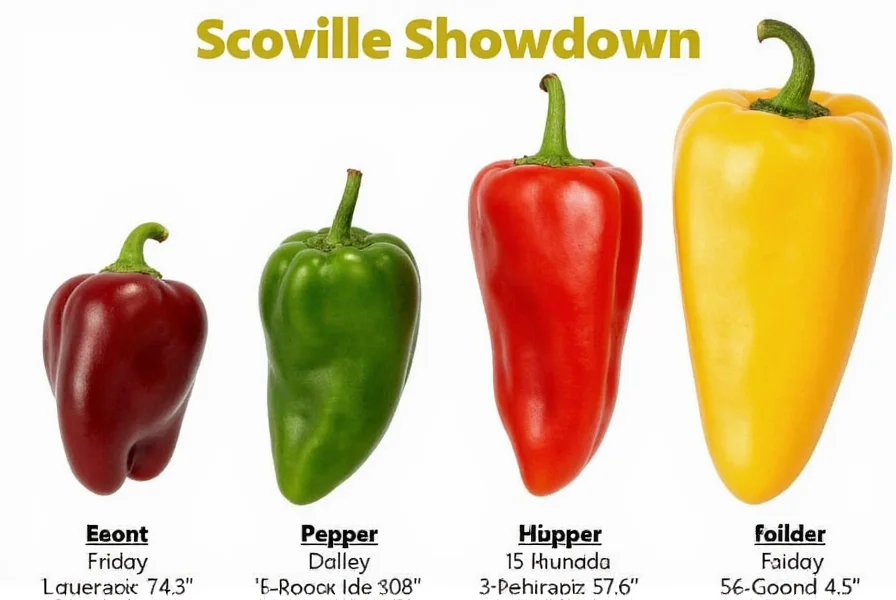
Carolina Reaper Seeds (5-Pack)
- Features: Heirloom quality seeds, high germination rate, extreme heat level.
- Advantages: Grow your own record-breaking peppers at home.
- Use Cases: Competitive eating, custom sauces, spice experiments.
- Target Audience: Home gardeners and spice enthusiasts.
- Occasions: Gardening season, DIY gift making, chili competitions.
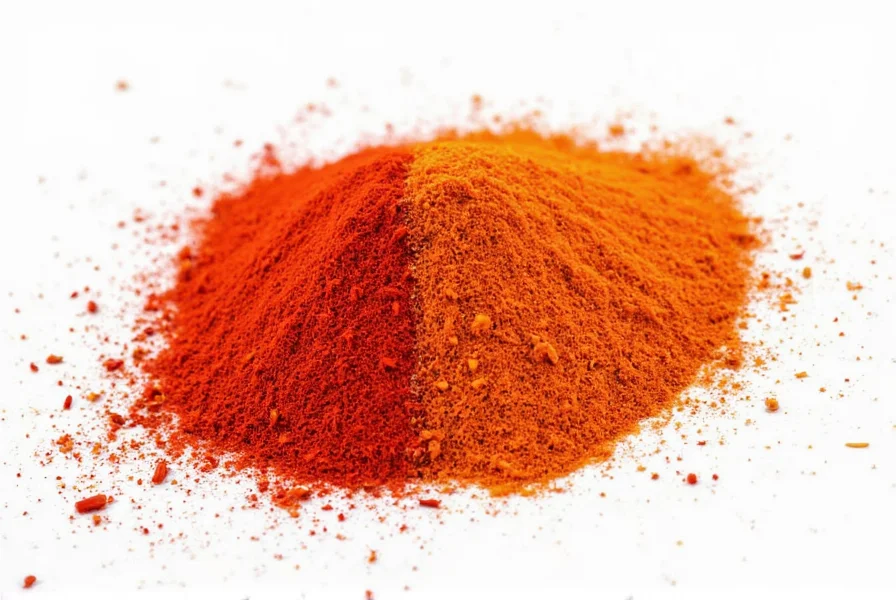
Dried Cayenne Peppers (Bulk Bag)
- Features: Sun-dried, naturally preserved, rich red color.
- Advantages: Long shelf life, easy grinding into powder, consistent heat.
- Use Cases: Homemade chili powder, soup bases, meat rubs.
- Target Audience: Home cooks and small-scale chefs.
- Occasions: Winter meals, holiday cooking, pantry restocking.
Conclusion: Find Your Fire Zone
The world of SHU chart peppers is vast, varied, and full of surprises. Whether you’re a daring foodie chasing the next big burn or someone who prefers their spice to sneak up rather than slap you in the face, there’s a pepper out there with your name on it. By understanding the Scoville scale and knowing how to work with different peppers, you can elevate your cooking game and impress your friends (or scare them, depending on how spicy you go).
Remember, spice is subjective. What might be a walk in the park for one person could feel like walking through lava for another. So take things slow, respect the heat, and above all… enjoy the burn!
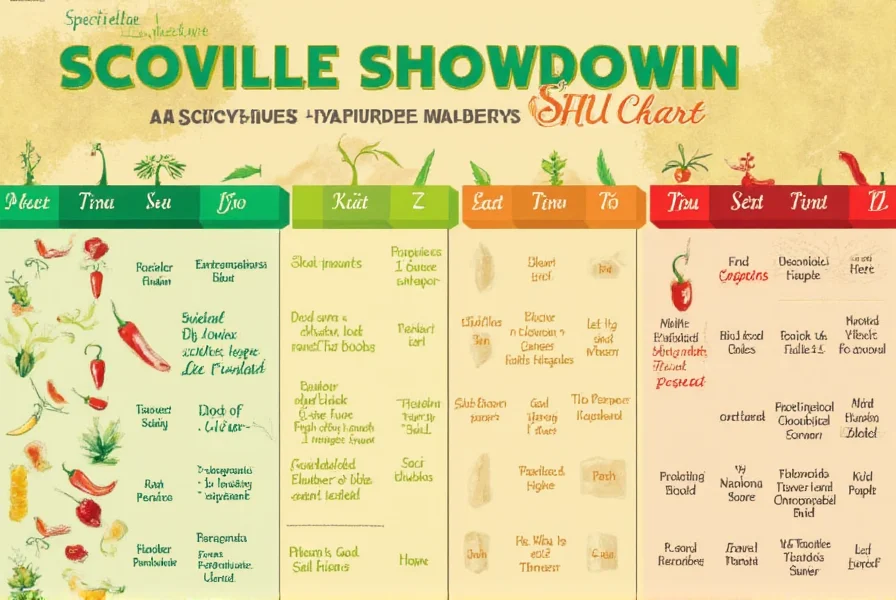
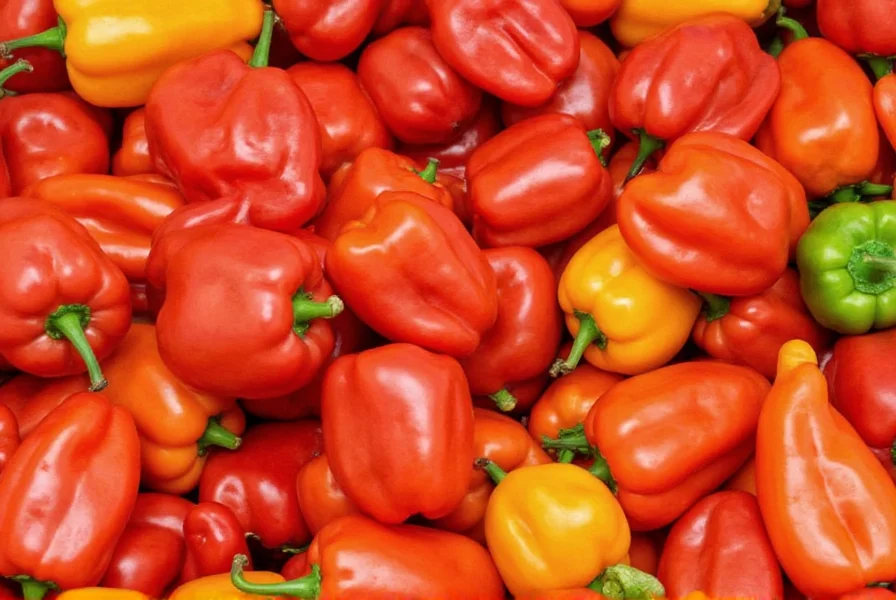

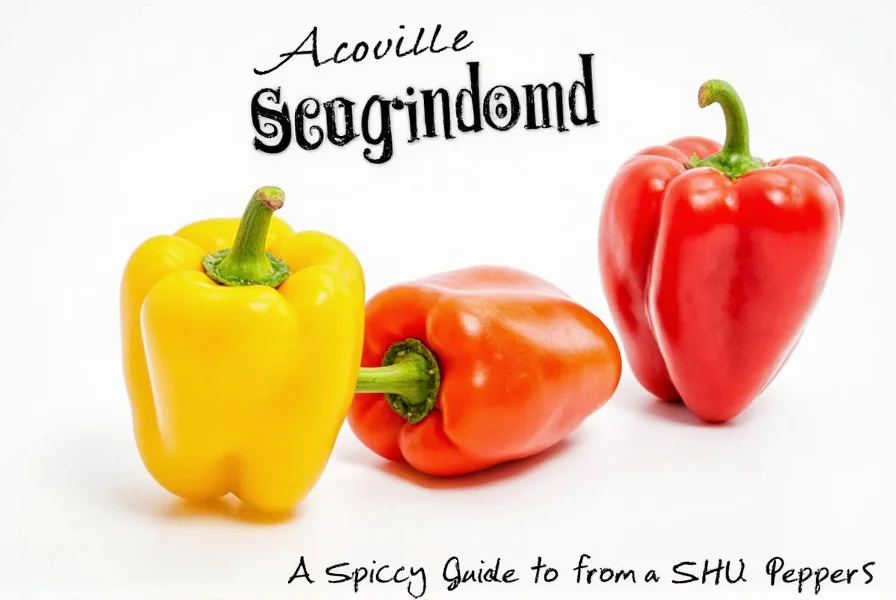









 浙公网安备
33010002000092号
浙公网安备
33010002000092号 浙B2-20120091-4
浙B2-20120091-4